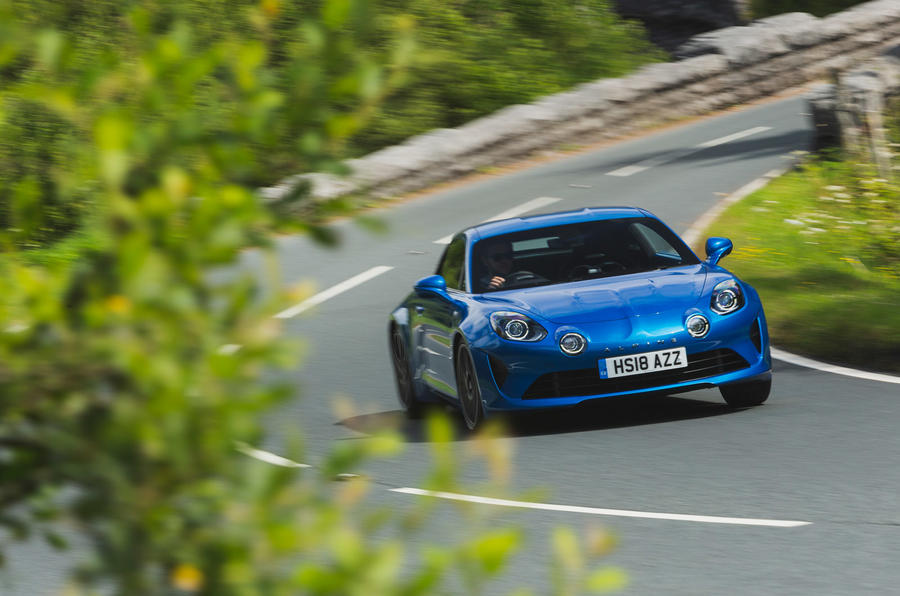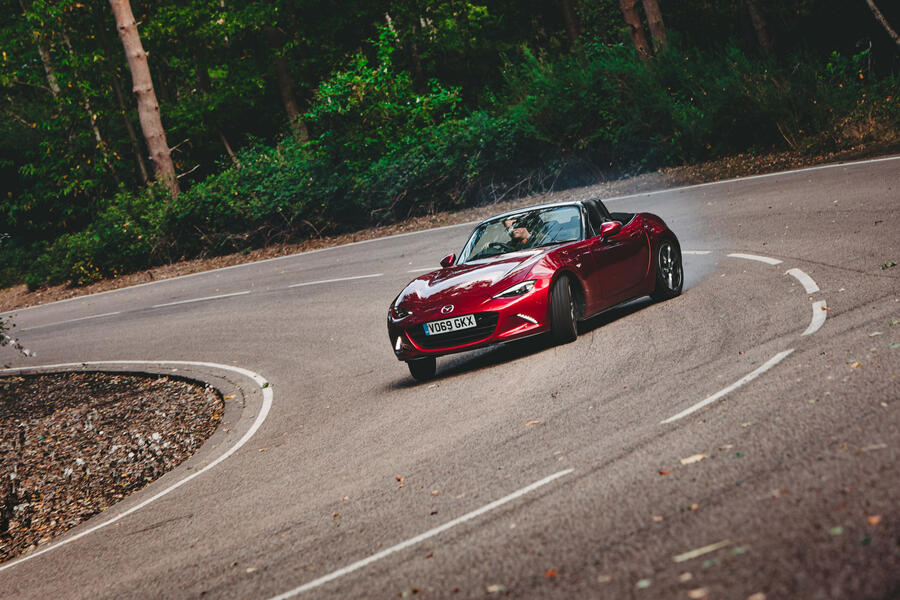The increasing popularity of SUVs is clear from a quick look at the new car sales charts. But while such cars are popular with buyers, not everyone approves. A recent report caused plenty of headlines by saying that people should think carefully before buying large SUVs, both because of the space they take up on the road and because of the extra pollution they can cause.
I suspect that, as an Autocar reader, you too might shake your head at the popularity of SUVs. Not necessarily for the reasons stated above but because what you or I want from a car and what typical car buyers want from a car are two completely different things.
Allow me to illustrate my point. Ask me what new car I’d buy with my own money and, within the bounds of what is financially imaginable, I’d probably say an Alpine A110. Tell me to get real and I’d say a Lotus Elise or a Mazda MX-5. Insist it must seat four and remain affordable and I’d say a Mountune-chipped Ford Fiesta ST.
What I would absolutely not be slavering after is a coupé-cum-hatchback-cum-cod-offroad-crossover-quasi-estate blob on wheels. So why in the first month of this year were five of Britain’s 10 best-selling cars, and two of the top three, all crossovers/SUVs? Has there ever been a greater gap between the cars that we think people should be buying and those that they actually do? Perhaps surprisingly, the answer is yes. We will be getting to the whats, whens and whys of that in a minute.

But let’s stay in the present a little longer and look at what’s driving this disconnect between the cars we think people should be buying and those they actually are. The first thing to say is that Autocar hasn’t survived 126 years without knowing who its reader is. And the truth is that you, like us, are slightly strange. You don’t look at cars in the same way as other people. They might see a mode of transport, or an opportunity to make a public statement about themselves; you see something to be driven, savoured and enjoyed.






















Join the debate
Add your comment
I despair at the ridiculous size, mass, aerodynamics and maximum power of almost all new cars currently available - ICE and BEV. Clearly the EU legislators have been got at by the big car company lobbyists, and are so ignorant as to be unable to challenge this 'advice'. Cars do need to be smaller, lighter, lower and slower - but the politicians haven't got the intellectual independence or courage to make it to happen.
"A more motley accumulation of mediocre metal you would struggle to find. Where was the Peugeot 205, Volkswagen Golf or BMW 3 Series? Nowhere by comparison. And why? Because, back then, to whom could you turn for advice? The only car expert most people knew was their local dealer, who came with the profound conviction that the world’s best car was whatever he had most of on his forecourt that week"Or that people make on average 60% more than 1990? I suspect people can afford a 3series vs the Ford/Vauxhall equivalent these days and French cars back then were still trying to shrug off their reputation for rusting. (Not that Fords were any better!!) As for weight, a big issue is the time cars are developed in. The pressure to reduce costs and development time means that concentrating on weight reduction when powertrains are so abundant in power often and worngly gets overlooked. The real lightweight cars such as the Alpine and MX5 tend to have small dedicated teams who are passionate and therefore weight is a top priority. The key to light weight, in my opinion, is to make cars in small teams and change the way the lumbering dinosaur companies think. Its very possible to take a lot of weight out of cars and still achieve all given safety and regulation targets.
Maybe one day you can do a test on cars that are taller because the people who buy them are old, infirm or disabled. Some of us are you know, but still like all things car. Maybe you could resist the urge to tell us we should have bought a Golf R. Some of us can't and I'm one of them. My current car is smaller, lighter and has better fuel consumption than my previous BMW 335i. I sure as hell didn't buy it because I was bored with the BMW. Of all of you, only Matt Prior gives any sign of understanding that.